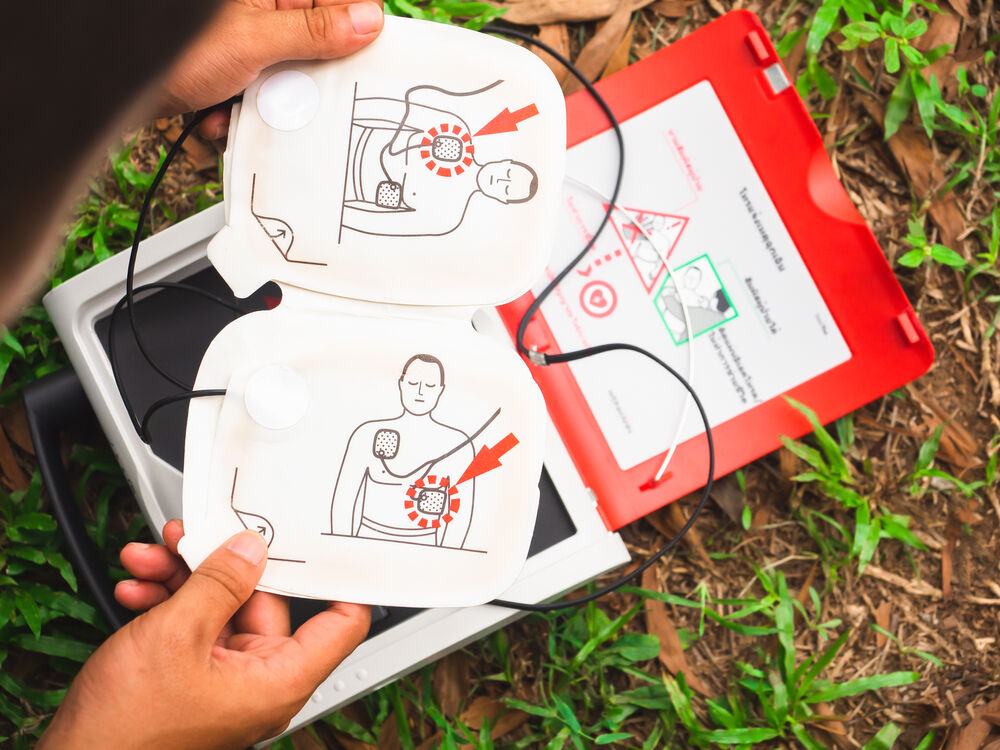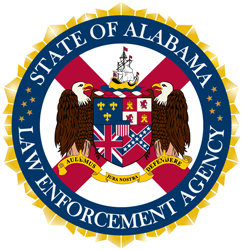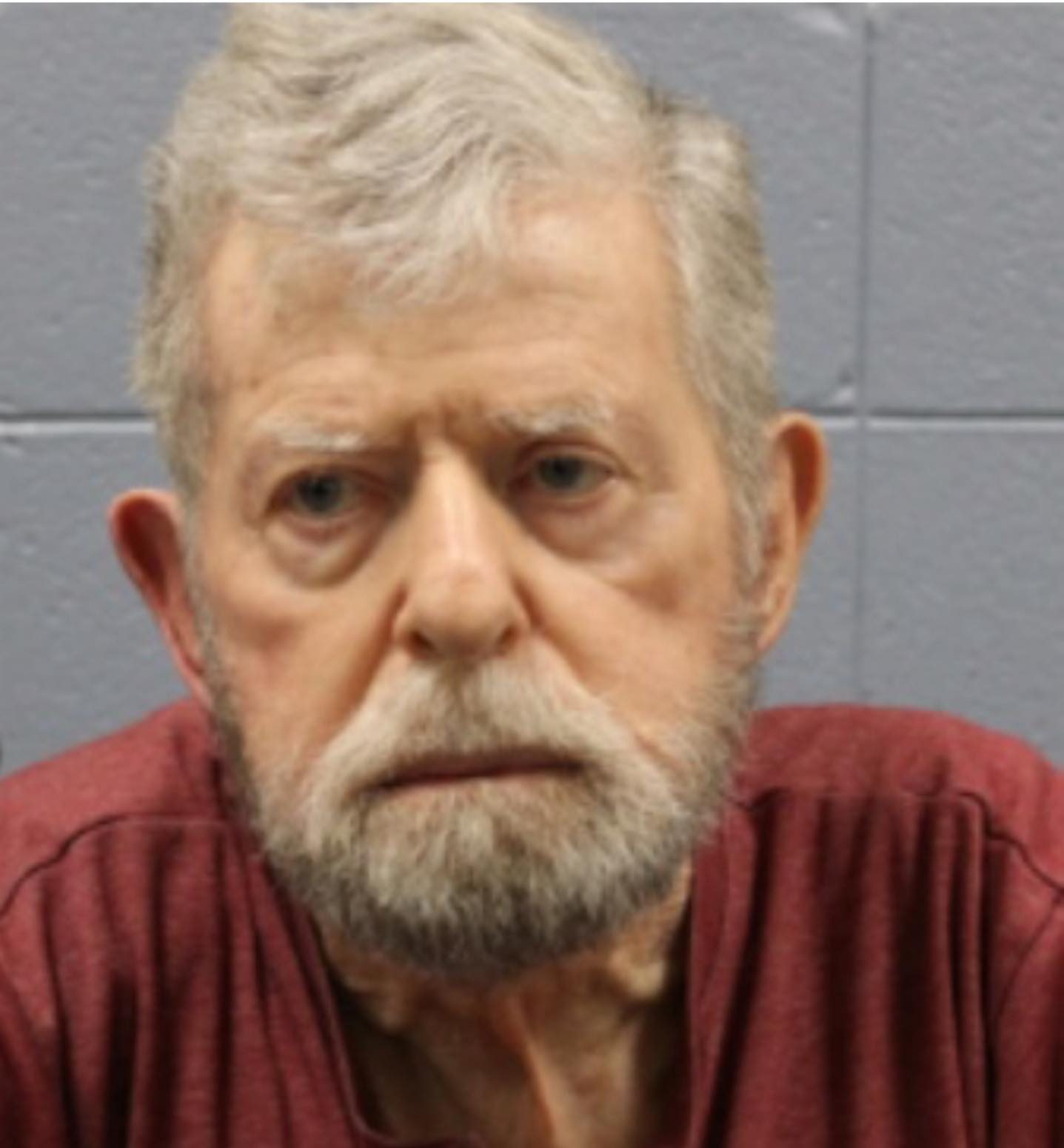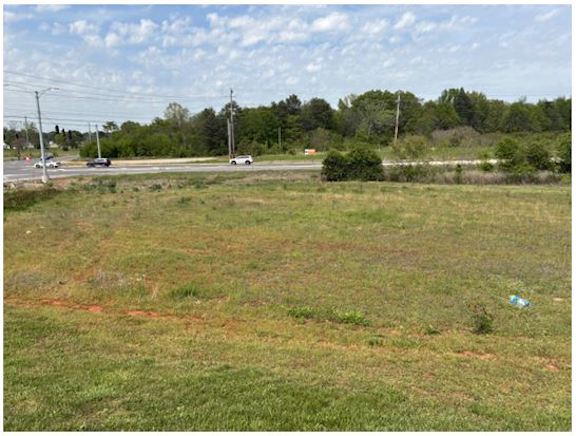AED: An important tool
Published 9:54 am Saturday, January 7, 2023

- An AED and the instruction images on the electrode pads.
A few days ago, thousands of people watched an emergency event happen in real time, right before their eyes. During a nationally broadcast football game, a player collapsed after a tackle. Team and emergency personnel responded immediately working to try to start his heart and breathing back.
Many comments have been made about the situation and how watching was very traumatic. According to the American Heart Association, an estimated 350,000 people experience sudden cardiac arrest outside the hospital setting each year. Most of them do not happen in a football game, but they can happen anywhere in the community. Quick action, which comes with preparedness, rapidly calling 911, knowing CPR and having an AED available, can double or triple a victim’s chance of survival.
Trending
Watching a cardiac event happen affects everyone, whether a healthcare provider, a family member, or a bystander, and being prepared to help is the best and right thing to do.
When the heart has an irregular rhythm called ventricular fibrillation, the heart will not work and pump blood. This event is called a cardiac arrest and most frequently happens in adults. Sometimes a heart attack will lead to a cardiac arrest, and sometimes it happens without a warning. Specific amounts of electricity, from a defibrillator, can be used to help correct the heart’s irregular rhythm. Many times this is done rapidly in the hospital setting with nearby equipment. Each minute that a patient goes without needed defibrillation, the patient’s chance of survival decreases 7-10 percent.
Many people are not in a hospital when their cardiac arrest happens. This is why an AED is such a benefit and useful tool in the community setting. An AED is an automatic external defibrillator that is used to send electricity through the chest wall to the heart. Through adhesive electrodes placed on the chest, the computer in the AED reads the heart rhythm and determines whether the heart is in a rhythm that needs an electrical shock. If needed, it then prompts the operator to push a button that will shock the patient. You do not have to be a healthcare professional to use an AED. It has picture and voice instructions that tell you step by step what to do. An AED is best used in conjunction with CPR.
CPR is done when a patient is unresponsive, is not breathing, and has no heartbeat. When you witness someone fall down, determine whether they are responsive then put your hand on their chest to see if it is rising and falling with each breath; if not, then immediately call 911 and send someone to find an AED! Next, begin chest compressions in the center of the patient’s chest, on their sternum between their nipples. Press down hard, about 2 inches deep. You want to do between 100-120 compressions per minute. If you are not comfortable breathing for the patient, and since it was a witnessed arrest, you can do the American Heart Association’s “Hands-only” CPR. This is doing the compressions with no breaths until help arrives. As soon as an AED arrives, turn it on and follow the instructions. Rapid use of an AED and deep, fast compressions is vital to improving the patient’s outcome. Do not be afraid to use an AED or to perform CPR; without it the patient has minimal chance of survival.
Many hospitals, volunteer fire departments, and individual community instructors offer classes to teach CPR and AED use to all ages. School groups, various ages of boy and girl scouts, lifeguards, and babysitters should all learn the proper procedures to use. CPR skills shouldn’t just be for the young to learn, adults may have an opportunity to use these skills in the workplace, church setting, or at home. Take the time to participate in a class, study the information online, and be prepared to help someone.





